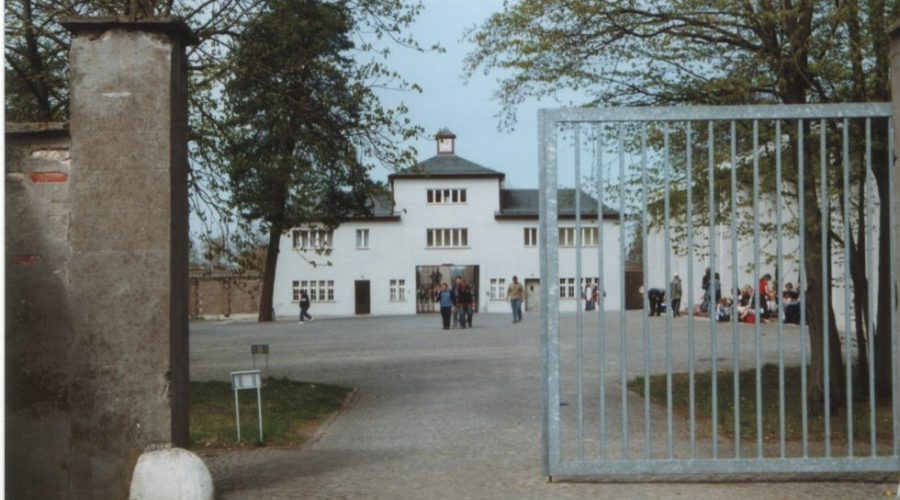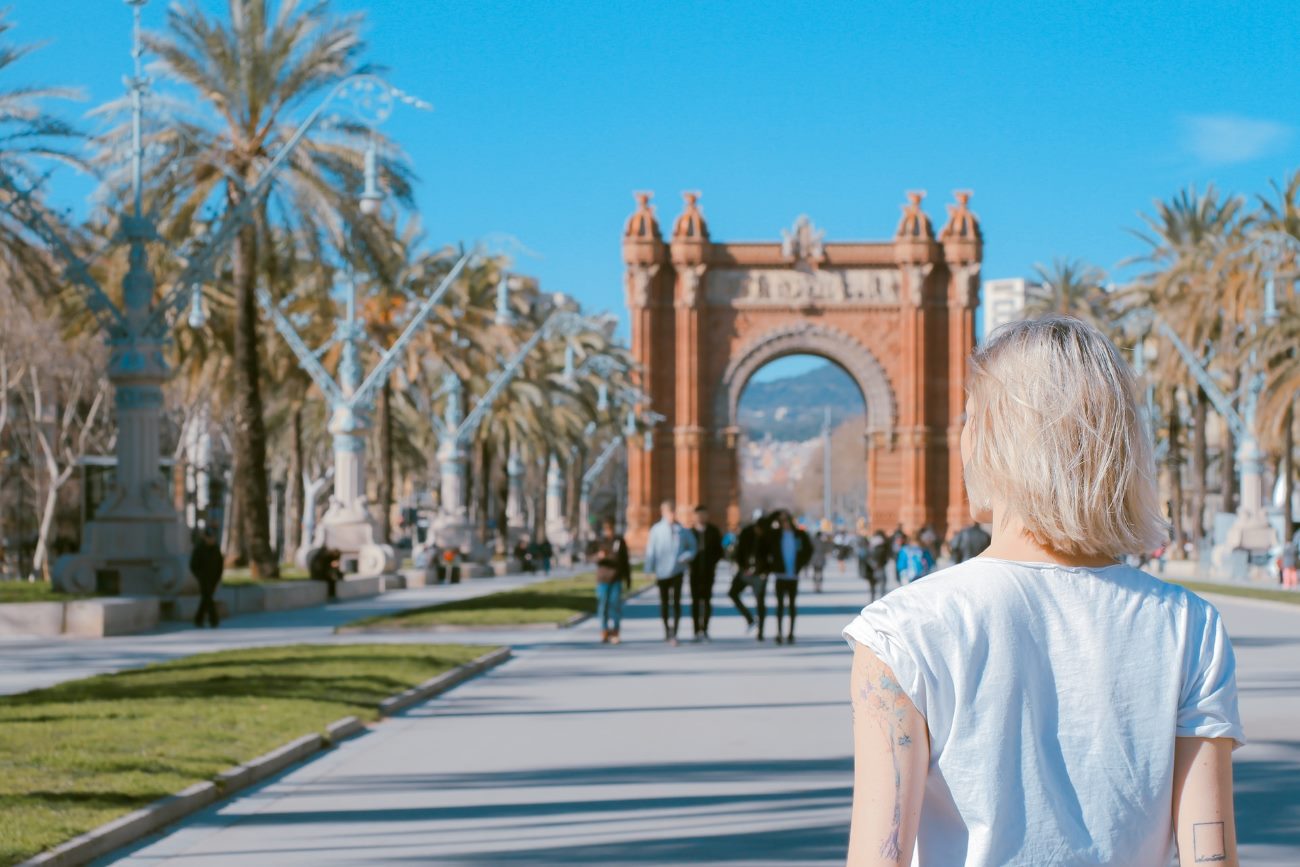What Lies on the West Side of the Berlin Wall?
From 1961 through 1989 the Berlin Wall operated as a dividing barrier which separated East and West Berlin. East Berlin existed under Soviet Union administration while the western Berlin was controlled by the United States and France together with the United Kingdom. This article examines the characteristics of the west side of the Berlin Wall together with its historical value alongside its current state.
The Political and Historical Context
The important historical background helps explain why the west side of the Berlin Wall holds its particular significance. The German nation split during post-World War II into two distinct sides with East Germany run by communists together with West Germany governed democratically through Western power support. During the Cold War Berlin functioned as an emblematic warfare ground between opposite global power blocs which separated the town in two.
-
Checkpoint Charlie
Checkpoint Charlie near the western border of East and West Berlin represented the most famous border-crossing point between the two sides of Berlin. The heightened Cold War tensions became more visible when Soviet and US tanks positioned against each other at this location. Today, a replica of the guardhouse and the “You Are Leaving the American Sector” sign serve as reminders of that turbulent period.
2. Consumerism and Prosperity
The economic activities in the western Berlin Wall expanded rapidly after the partition. The implementation of free-market reforms by West Germany created a consumer haven within the Eastern Bloc territory of Soviet control where West Berlin resided. Shopping areas together with eating establishments and entertainment spots welcomed both West Berlin residents and East Berlin visitors during that era.
The Transformation After the Fall
The Berlin Wall totally collapsed on November 9, 1989 resulting in the historical unification of Germany. The removal of the wall triggered an immediate process of unification and change throughout the western part of Berlin.
1. Reconnecting the City
Infrastructure development expedited the reunification process between separate areas of the divided city. The restoration and extension of disrupted streets and subway lines worked to establish unity in the city. After standing isolated by the wall the Brandenburg Gate emerged as a unification symbol for Germany following its restoration.
2. Remembering History
Sections of the dismantled Berlin Wall remain intact as historical memorials so upcoming generations can understand the difficulties of the Cold War period. Near the city center the East Side Gallery exhibits colorful mural art on the surviving wall structure while showcasing Berlin’s cultural life.
Conclusion
Freedom and prosperity existed exclusively on the west side of the Berlin Wall where people could experience facing opposing political systems. Today the west side represents Berlin’s unification and forever reminds people about the city’s troubled and global history of the past. People who visit landmarks together with memorials and the vibrant west side establishments created after the wall’s end can directly experience the historical transformation of this urban area.
Table of Contents



